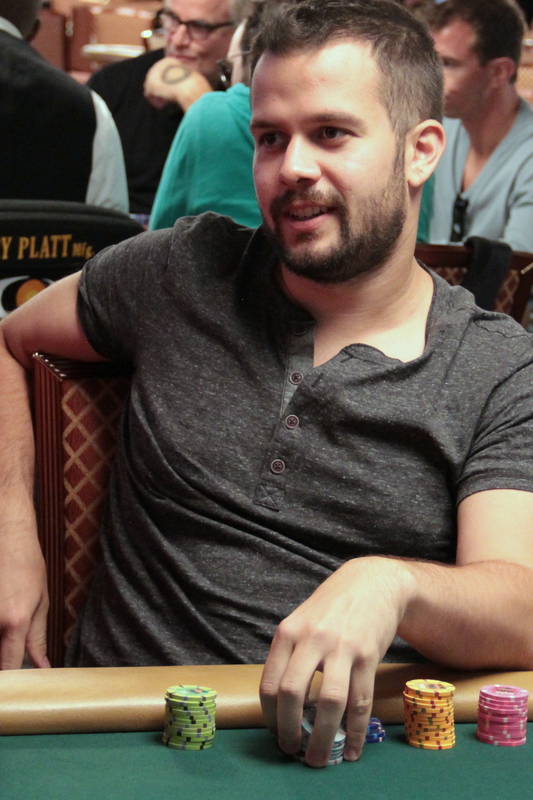






Upswing Poker: Ryan Fee On Opening In Cash vs. Tournament PokerWSOP Bracelet Winner Talks Poker Strategy In New CardPlayer Exclusive Video |
|
|
Want to get better at poker? Tired of losing in your local home game or looking to go pro playing no-limit hold’em?
Who better to learn from then World Series of Poker bracelet winner and high stakes cash game regular Ryan Fee, who has more than $3 million in lifetime live tournament earnings. Fee has teamed up with friend and fellow bracelet winner Doug Polk to offer the Upswing Poker Lab
The Upswing Poker Lab is a poker training course taught by Fee and Polk that is updated regularly with in-depth learning modules, theory videos, and a wealth of information to make you a better poker player.
Upswing Poker has teamed up with Card Player to bring you some exclusive poker strategy content. In this video, Fee examines opening preflop and how it differes from tournaments to cash games.

Ryan Fee
Fee finds that f the hand you are opening will have about 25 percent equity when called, you need all opponents to fold around 43 percent of the time. If your hand’s equity when called is 30 percent, opponents only need to fold 1/3 of the time for your raise to break even.
“In tournaments, because of the antes from each player which ends up being roughly the size of the big blind, the pot size is about 2.5 big blinds.”
Fee finds that with the added chips in the middle, the hand with 25 percent equity when called now only needs to have all opponents fold approximately 26 percent of the time to break even. If you have 30 percent equity you only need to force a fold from all opponent’s 15 percent of the time to break even.
“In a cash game, you need at least 30 percent to open, whereas in a tournaments you have more flexibility.”
Fee then goes on to examine opening ranges for cash games and tournaments and how they are informed by this analysis of the break-even point. Make sure to check out the full video at the top of the story for more of Fee’s analysis of raising as the first player in.
Sign up for the Upswing Poker Lab today for step by step instructions and examples to master both the fundamental theories and situational exploits to greatly increase your skill and earnings.
